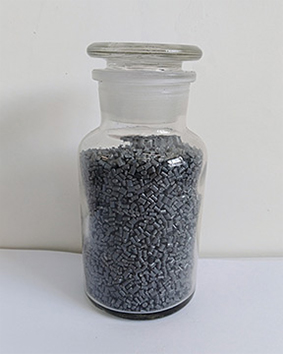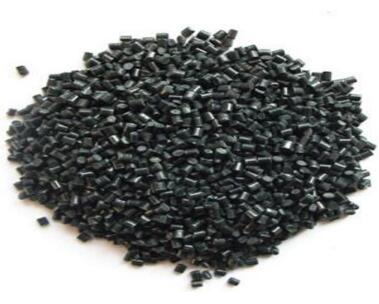ABSS plastic has good resistance to low temperature and stamping. What are the main characteristics of ABS plastics? Let's learn about it today.
ABS resin is the most widely used polymer with the largest output at present. It combines all kinds of properties of Pb, pan and PS organically, and has excellent mechanical properties of toughness, hardness and equilibrium of rigid phase. ABS is a terpolymer of butadiene and butadiene. A represents acrylonitrile, B represents butadiene and s represents styrene. After practical use, it is found that ABS plastic pipe is not resistant to sulfuric acid corrosion, and will be crushed and cracked when meeting sulfuric acid.
Because of its three components, it has good performance; acrylonitrile gives ABS resin chemical stability, oil resistance, certain stiffness and hardness; butadiene improves its toughness, impact and cold resistance; styrene makes it have good dielectric properties and good processability.
Most ABS are nontoxic and impermeable, but slightly permeable to vapor, with low water absorption. The water absorption rate of ABS is less than 1% in one year after immersion at room temperature, and the physical properties remain unchanged. The surface of ABS resin products can be polished to obtain high gloss products.
ABS has excellent comprehensive physics and excellent low temperature impact resistance. Dimensional stability. Electrical properties, wear resistance, chemical resistance, dyeability, finished product processing and mechanical processing are better. ABS resin is resistant to water, inorganic salt, alkali and acid, insoluble in most alcohols and hydrocarbon solvents, but easily soluble in, ketones, esters and some chlorinated hydrocarbons. ABS resin has low flammability and poor weather resistance. The melting temperature is 217-237 ℃, and the thermal decomposition temperature is above 250 ℃. In today's market, many modified ABS materials are doped with nozzle materials and recycled materials. As a result, the performance of customer molding products is not very stable.
Material performance
It has good comprehensive properties, high impact strength, chemical stability and good electrical properties;
It has good fusibility with 372 PMMA and can be made into two-color plastic parts, and can be plated with chromium and sprayed with paint;
There are high impact, high heat resistance, flame retardant, reinforced, transparent and other grades;
The fluidity is worse than hips, better than PMMA, PC, etc;
Suitable for making general, wear-resistant parts, transmission parts and telecommunication parts.
Formability
Amorphous material, with medium fluidity and high moisture absorption, must be fully dried. The plastic parts with glossy surface must be preheated and dried for 80-90 degrees for 3 hours;
For high precision plastic parts, the mold temperature should be 50-60 degrees, and for high gloss and heat-resistant plastic parts, the mold temperature should be 60-80 degrees;
In order to solve the problem of water inclusion, it is necessary to improve the fluidity of materials, such as high material temperature, high mold temperature, or changing the water level;
For example, if the heat-resistant or flame-retardant materials are formed, there will be residual plastic decomposition on the mold surface after 3-7 days of production, which will cause the mold surface to be bright. Therefore, the mold should be cleaned in time, and the exhaust position should be increased on the mold surface;
The cooling speed is fast. The mold should be thick and short. Cold material hole should be set and the gate should be large, such as direct gate, disc gate or fan gate. However, the increase of internal stress should be prevented. If necessary, adjustable gate can be used. The mould should be heated and wear-resistant steel should be selected;
The material temperature has a great influence on the quality of plastic parts. If the material temperature is too low, the surface will be dull, and the silver wire will be disordered. If the material temperature is too high, it is easy to overflow the edge, and there will be silver wire dark stripes, and the plastic parts will change color and bubble;
When the mold temperature is low, the shrinkage, elongation, impact strength, bending, compression and tensile strength are low. When the mold temperature is higher than 120 ℃, the cooling of the plastic parts is slow, easy to deform and stick to the mold, difficult to demould and long molding cycle;
Because of its small shrinkage, melting cracking and stress concentration, the molding conditions should be strictly controlled and the plastic parts should be annealed after molding;
High melting temperature, high viscosity, and insensitive to shear action. For plastic parts larger than 200g, screw type injection machine should be used, nozzle should be heated, and open extended nozzle should be used, with medium and high injection speed.






 Current location:
Current location:





